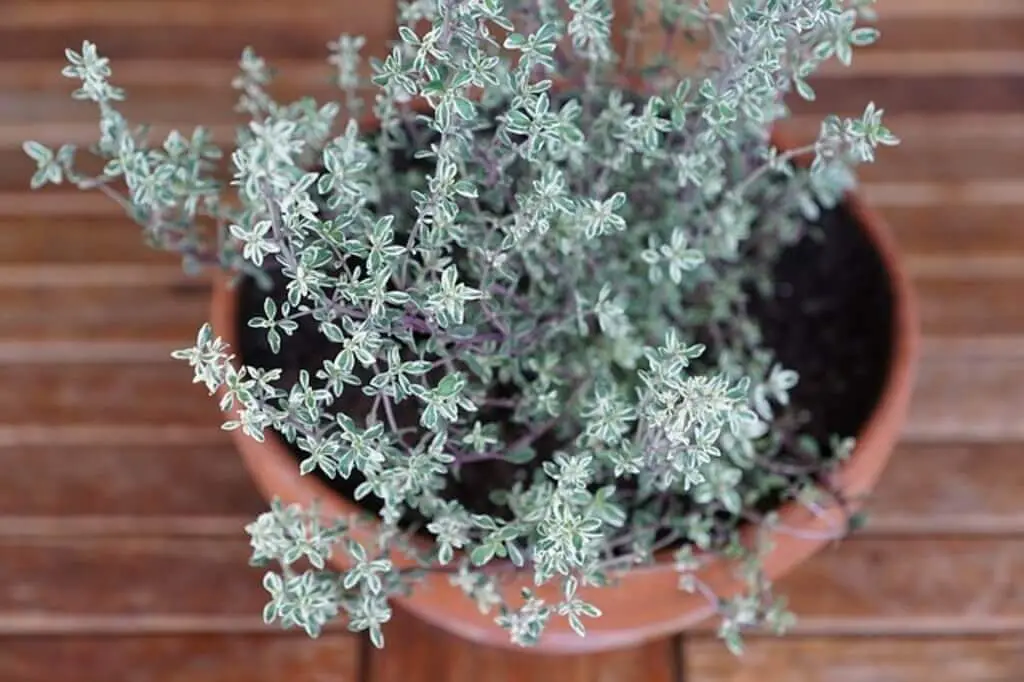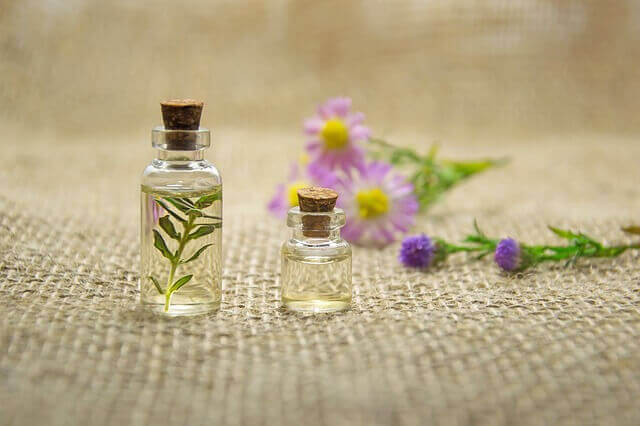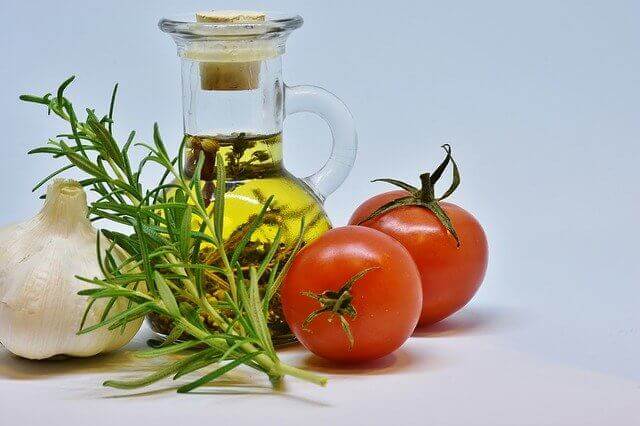How To Grow Thyme From Seed (Easy Growers Guide)
Learning how to grow thyme from seeds in a pot is simple. It takes the shape of a small, dry, white flower and can be planted as a starter plant in your vegetable garden, on a patio, balcony, or in the windowsill.
Thyme is a perennial herb that can grow up to two feet high and mature in as little as one year. If you are looking for a versatile plant, then try growing thyme in a pot or garden.
Table of Contents
The History of Thyme
Thyme is a genus of aromatic herbs with a long history. There are records that the Egyptians used the aromatic oils of thyme for aromatherapy and as a perfume, and the Greeks made aromatic ointments from extracts of thyme, as did the Romans, India, and China. Ancient Chinese herbalists used thyme for treating bronchitis, inflammations, diarrhea, and dysentery. The name thyme comes from the Greek word thyme which means sweet.
The culinary use of thyme goes back to the time of the ancient Egyptians, who used it to flavor the mixtures of ointments and medicines. Thyme became popular with the ancient Greeks and Romans because of its pleasant smell, which they found quite soothing. The herb was eventually introduced to the European continent by the Romans, who used the aromatic oils extracted from the leaves for seasoning and medicinal purposes.
Medicinal Uses of Thyme
Thyme is one of the oldest herbs to be used medicinally. Many cultures have linked it with memory loss, and it was used by the Egyptians as a treatment for forgetfulness and a form of sedative. Even the early Greeks and Romans used herbal remedies with thyme, mostly to help with problems of the stomach and blood.
In modern times many people use it for such conditions as a digestive aid, nausea, vomiting, sore throats, colds, coughs, neuralgia, burns, eczema, dysentery, inflammation of the gums.
Germinating Thyme Seeds
When growing thyme from seed the best time to plant is late spring through summer. Thyme will begin to flower in the fall. The key to germinating thyme seeds correctly is to sow them fairly superficially without much or any cover and then keep them moist for a few days. The seeds need to be exposed to the sun to germinate
There are a couple different ways that you can germinate the seeds, but I find that the easiest way to do this is with a seed starter tray combined with a high quality seedling mix. Both these products are available on Amazon.
Selecting a Pot or Planter
When growing thyme, the best pots to choose are those that are light and have holes in the bottom to allow for good drainage. They should not be made of clay, because it is porous, and does not allow good air circulation, and can easily get burned or contaminated with fungi.
The best pot materials to use are, plastic, fiberglass, and resin pots. When selecting the size of your pot, I would recommend using a pot that is a minimum of 8″inches in diameter. This will give your plant more than enough room, so that the roots can fully expand.
When growing thyme I always use this Classic Garden Planter combined with a premium well-draining soil from FoxFarm. Both of these products can be purchased on Amazon.
Soil Needed
Selecting the right soil for thyme is crucial to the success of your planting. There are some herbs that grow best in certain types of soil, and doing your homework can help you be better informed when it comes to your selection.
If you have decided to plant a herb garden, you may already know that its soil type is very important because that type of soil will help to determine how well your plants will grow and survive. Choosing the proper type of soil can make all the difference in your attempts at successful gardening.
One of the first things to do, when choosing the soil for your thyme plant, is to check the type of structure the plant has to its root system. Since these plants have roots that penetrate deeply into the earth, they will need a fertile good draining soil. The soil should have a pH of between 6.0 – 8.0.
Proper Watering
There are some general principles that you will need to take into account when you are considering watering your thyme plant. First, it is important that you give your plant a sufficient amount of water at least twice a week. If the soil has become dry or if it has not been raining recently then you may consider watering more frequently.
It is also important to make sure that you do not over water your plant as this can cause wilting or other problems such as root rot. If you follow these simple guidelines you will be able to ensure a healthy growth and blooming for your plants.
Thyme is a plant that likes a warmer climate so if you are in a warm area then it is advisable to give your plant a bit more water than in a cooler area. You will also need to check the weather before you decide on a watering frequency because different seasons will require you to water your plants differently.
Sunlight Requirements
Thyme like most other plants, require at least six to eight hours of sunlight each day. Thyme is one of those herbs that cannot do without sunlight and will often need to be planted in an area with consistent light for several weeks during the summer.
Pruning
Learning how to prune thyme plants is important if you are growing this type of herb. The plant will reward you with a large and healthy root system that will allow it to spread throughout your garden. If you are careful when you prune your thyme plant, you can keep the plant small and under control.
You need to know how to prune your thyme plants safely in order for you to get the best results from each season. One mistake that many people make when they learn how to prune is they trim too much off the plant.
When you want to prune your thyme plant, you will need to remove about a third of the oldest and woodiest stems using sharp, scissors or shears. This will leave a nice and tidy-looking plant with a smaller base.
Harvesting
Harvest Thyme can be used either fresh or dried. Fresh Thyme can be taken straight from the plant and used in cooking, while the dried herb can also be dried up and mixed with some juice to make a refreshing drink, such as a team, or in salad dressings.
Dried herb will keep well for a couple of years. Since there are different varieties of this herb, the way it is harvested from the plant is important, as well as its preparation method.
For example, fresh thyme is harvested by separating the leafy tops from the stems, while dried thyme is dehydrated so that it can be later used in a variety of ways such as a spice, a marinade, or as a garnish in salads.
Culinary Uses
Thyme has many culinary uses, including as a: marinade, seasoning, and herb for salad, juices, soups, stews, sandwiches and breads, sauces and dressings, and even making potpourri, which is a mixture of leaves and stems. It may be burned on a fire or hung to dry for later use.
When purchasing, look for the ones that are loose and do not have stems. They are smaller than most other thyme and can be easily stored in a cool dark cupboard. Winter thyme has large, dark blue flowers.
Health Benefits
Thyme Health benefits are derived from the powerful herbals that contain this oil. There is a large amount of people who have tried to take advantage of the healing and relaxing properties that this oil contains.
Since it is a highly effective extract for those who suffer from arthritis, it is used to treat other painful ailments as well. In fact, many arthritis sufferers have tried to use it to relive their symptoms, and many have been very successful with the results.
It is also a very powerful source of the vitamins A, C, E, and B-complex vitamins, and minerals as well as several other kinds of antioxidants. Thyme oil capsules are also a source of omega 3 fatty acids which help to fight chronic inflammation.
Although the medicinal properties of thyme are many, it is only in the recent past when experts have started to recognize the benefits of this powerful herb. Many people have already started using the oil from fresh thyme stems to make essential oils, and they are enjoying the various benefits that they have been able to enjoy as a result.
If you are looking to add a new medicinal element to your diet, then you should look into using fresh thyme, which will provide you with a host of good health benefits.











